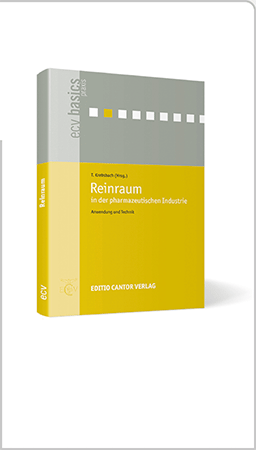Enzyme indicators for H2O2 biodecontamination
Influence of temperature and humidity
Reinigung & Desinfektion
Abstract
In the context of the increasing relevance of biopharmaceuticals and advanced therapy medicinal products (ATMP), isolator technology is gaining in importance. To provide an aseptic production environment H2O2 biodecontamination of isolators is used. In addition to chemical indicators (CI) and biological indicators (BI), enzyme indicators (EI) are an innovative and promising addition for assessing the efficiency of H2O2 biodecontamination. The principle here is the denaturation of an enzyme by the action of H2O2 with subsequent quantification of the residual enzyme activity via adenosine triphosphate (ATP) bioluminescence. Studies confirm the correlation of BI and EI results after H2O2 exposure. It can be assumed that the use of EI will find its way into standards and pharmaceutical regulations in the future. However, to prove the equivalence or superiority of the method regarding contamination control, a general database is first required. This publication deals with individual aspects of the influence of temperature and humidity.
Correspondence:
Lydia Bernhard, Optima pharma containment GmbH, Bodmaner Straße 2, 78315 Radolfzell-Stahringen; lydia.bernhard@optima-packaging.com
Abstract
In the context of the increasing relevance of biopharmaceuticals and advanced therapy medicinal products (ATMP), isolator technology is gaining in importance. To provide an aseptic production environment H2O2 biodecontamination of isolators is used. In addition to chemical indicators (CI) and biological indicators (BI), enzyme
Schließen Sie hier ein Abonnement ab und profitieren Sie von den vielseitigen Nutzungsmöglichkeiten.





